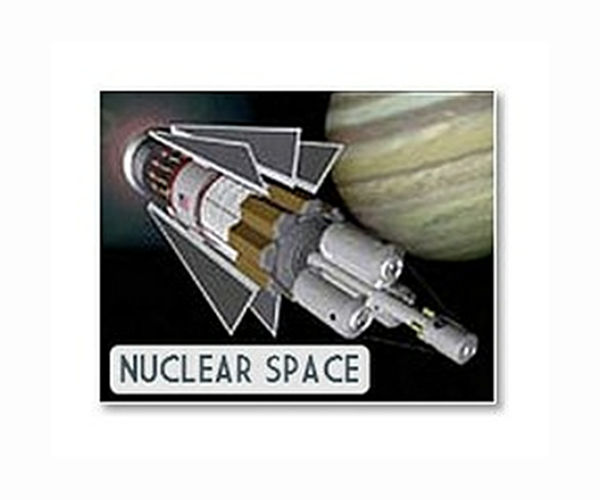Young Student Explores Future Potential of Radioisotope Power Systems – Space Daily
Young Student Explores Future Potential of Radioisotope Power Systems
by Aadya Karthik
Redmond, Washington (SPX) May 29, 2024
Power to Explore is a NASA essay writing competition organized by Future Engineers. It invites K-12 students to envision an RPS-powered space mission to a “dark, dusty, or distant” destination.
In 250 words or less, we were asked to describe:
+ the mission destination and goals
+ the importance of radioisotope power systems in the mission
+ our unique “power” that will help ensure mission success.
I’ve been participating in this competition for 3 years now, allowing me to further expand and deepen my knowledge of RPS. Prior to writing my essay, I had to first research what RPS is, the physical principles behind this technology, and the benefits of RPS in NASA missions.
Through my research, I learned that RPS uses the heat from the radioactive decay of the unstable atom Plutonium-238 to create electricity. This provides adequate power to a spacecraft and its instruments. When sending spacecraft to an area with limited sunlight, solar panels are no longer a viable source of power. In such circumstances, RPS becomes critical to effectively provide enough power for the mission to operate.
When I first started participating in this competition, I mainly researched the RTG system aboard the Mars 2020 mission (Perseverance and Ingenuity), because at the time, Perseverance had only recently landed on Mars.
Since then, I have studied numerous other missions that have utilized RPS, such as Voyager 1 and 2, Ulysses, Cassini, and New Horizons. Each of these missions has pushed the boundaries of human exploration, enabling us to study the remote regions of our own celestial neighborhood. I can’t help but wonder what exciting new discoveries RPS will enable in the future.
Like many other NASA technologies, I believe that, in the future, RPS could also have uses on Earth. Not only can RPS serve as an RTG (Radioisotope Thermoelectric Generator), but it can also serve as an RHU (Radioisotope Heater Unit).
With further development, I surmise that RPS technologies could be used for a variety of different extreme scenarios on Earth. They could be used as a cleaner alternative to fossil fuels to power and heat research stations in Antarctica, as well as in deep-sea exploration missions. However, prior to experimenting with such applications, further research into the safety and feasibility of RPS must occur.
Currently, NASA and DOE are developing a new type of RPS known as the Advanced Stirling Radioisotope Generator (ASRG), which is expected to be four times more efficient than the previous systems.
Using Faraday’s Law and technologies similar to those used in IC engines, ASRGs could increase the potential of the limited US supply of Pu-238. However, ASRGs may only be the first step towards revolutionizing the capacity and longevity of our spacecraft.
From the SNAP-3B in 1961 to the ASRGs today, RPS technologies have come a long way in terms of their energy capacity and efficiency. In ancient times, putting something in space may have seemed impossible; however, now, Voyager 1 is rocketing out of our solar system. Similarly, centuries from now, RPS will likely enable humans to push the boundaries of space exploration in ways we can never dream of today.
+ Aadya Karthik, Redmond, Washington, fifth through eighth grade
NASA Announces Winners of Power to Explore Challenge
Related Links
Power to Explore Challenge
Radioisotope Power Systems
Rocket Science News at Space-Travel.Com


